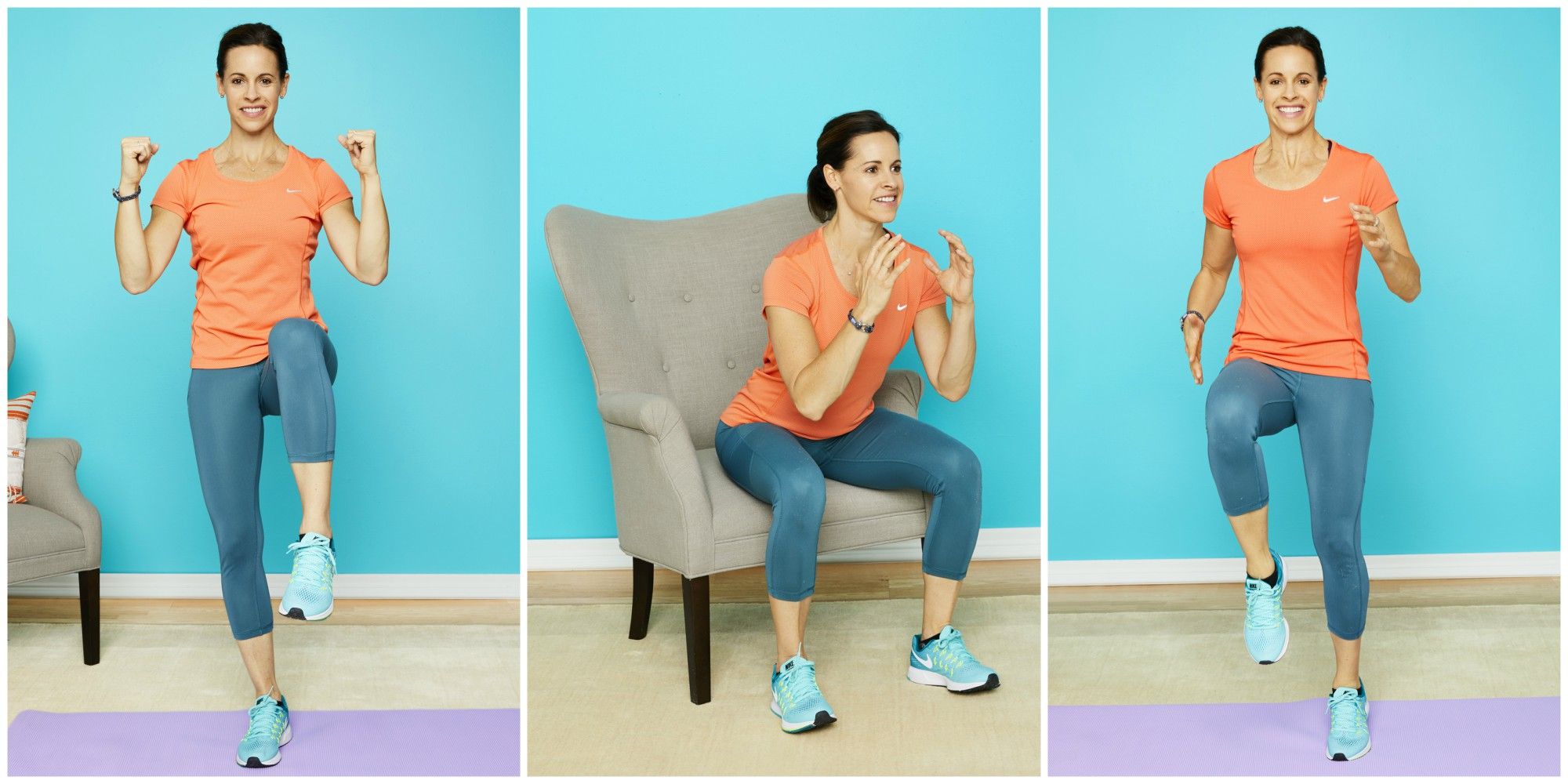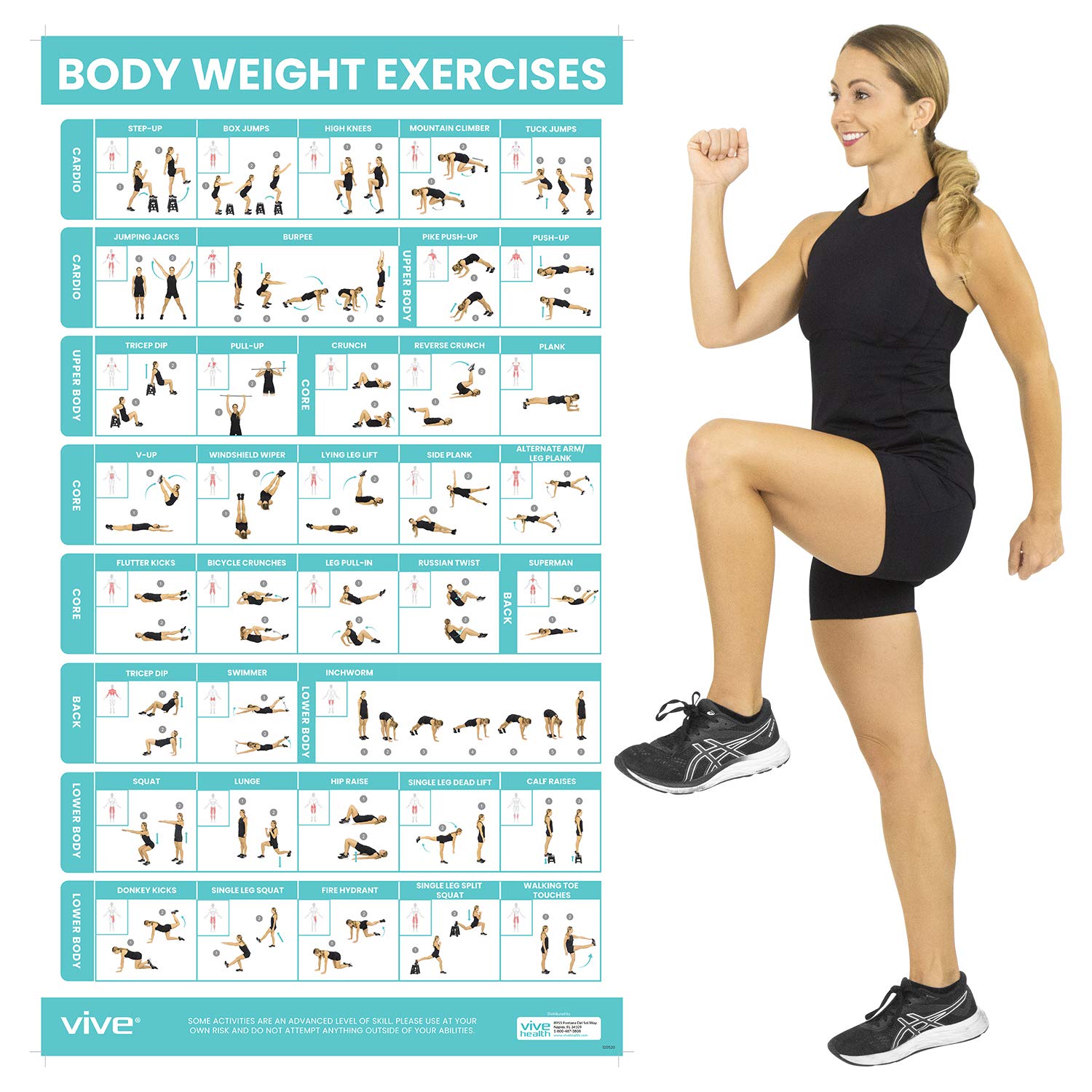
Plyometrics
A good part of any athlete's training routine is plyometrics. It is a combination exercises that mimic jumping and increase the athlete's speed. Soviet scientists first created the training method during World War II. His findings were published by Dr. Yuri Verkhoshansky in 1964. These studies confirmed that jump training could help athletes improve strength and explosiveness.
Plyometrics training methods are based upon scientific principles. They are not only beneficial for athletes. They can also be used in a variety fitness routines by the general population. One-leg bounds, which are high-intensity, plyometric exercises that help athletes develop explosive power, are an example. The training also helps improve the speed of movement and elasticity of muscles.
Deadlifts
Deadlifts are a great exercise to build strength and athleticism. They target several large muscle groups including gluteus maximus as well as the quadriceps and hamstrings. Additionally, they improve overall mobility and posture. This compound exercise can have many benefits and should be a part of every athlete's daily routine.

Because it increases trunk stability, the deadlift is an essential part of any strength-training program. You won't find any other exercise that can do this. The deadlift develops coordination and strength in the musculoskeletal and muscular systems, which encourages adaptation and long-term resistance. Additionally, many ground-based lifts can be built upon the deadlift. Proper deadlifting benefits athletes and the general public.
Cycles of a Mature Athlete
A workout plan designed for older athletes has several phases. Each phase is focused on a different type of training. These phases help to improve general fitness, promote healing, as well promote work capacity. Each phase contains a different training load, based on the combination of volume, intensity, and rest.
The macrocycle is the longest of the three training cycles. It includes the 52-week annual training plan and four training phases. This type allows athletes to train simultaneously for multiple major events, which is great for long-term planning. For example, a skilled athlete might aim to qualify for the national championship. Based on this goal, a multi-peak training program can be created.
Active recovery
After an athlete workout, your body requires time to recuperate. Your heart rate should be kept below 70 percent while you recover. Try to work at a lower pace, such as walking, running, or light stretching. The amount of time an athlete spends on active recovery depends on their fitness level and training load. Recovery workouts should typically last between 30 and 65% of the usual workout.

Consider whether you feel exhausted or invigorated when deciding on the type of active recovery that you should do after an athlete's workout. Next, pick activities you enjoy, such as swimming, cycling, walking, and yoga. These low-impact activities can still be fun and engaging if you incorporate beginner stretches.
FAQ
Do I need to eat before going to the gym?
No. It's not necessary to eat anything before you work out. You might be hungry after a workout, so you may want to snack on fruit or yogurt.
What if I am exercising and want to eat?
Yes. You can eat what you like while you work out. Choose low-calorie snacks like watermelon. These foods are high in nutrients, which can improve your performance during training.
What are cardio exercises?
Cardiovascular exercise is any activity that requires your heart and lung to work harder than normal. These include swimming, running, bicycling or rowing. These activities are great for burning fat and increasing metabolism. These activities are great for staying fit because they strengthen your heart and lungs.
Statistics
- Globally, 81% of adolescents aged 11-17 years were insufficiently physically active in 2016. (who.int)
- Globally, 28% of adults aged 18 and over were not active enough in 2016 (men 23% and women 32%). (who.int)
- Physical activity confers the following maternal and fetal health benefits: a decreased risk of pre-eclampsia, gestational hypertension, gestational diabetes (for example, 30% reduction in risk) (who.int)
- An estimated 110,000 deaths per year could be prevented (cdc.gov)
External Links
How To
How to Stay Fit While Pregnant
Your body goes through many changes when you get pregnant. You experience a slowing of your metabolism and a decrease in food intake as you grow a child inside. Lack of sleep could make you feel sick. There are many ways to keep your health in check while still enjoying this wonderful time of your life.
First, consult your doctor before you begin any exercise program. They can advise you on which exercises you should avoid, and which ones are safe. Also, ensure you eat well all through your pregnancy. This means eating lots of protein, fiber and iron. Third, you should drink lots of fluids. Because sweating can cause fluid loss, it's particularly important to drink water while exercising. Finally, take care of your feet. Your feet should be dry all the time and you should wear shoes that support your feet. Take small bites of toast or crackers if morning sickness is a problem. Otherwise, you could end up feeling nauseous.
-
Healthy eating habits are important. It is essential to eat a healthy diet throughout pregnancy.
-
Get active. Daily exercise of at least 30 mins
-
Maintain a Healthy Weight. Reduce the amount of food you eat and eat snacks less often can help you lose weight.
-
Get enough rest. Sleep should be at least 7 hours each night.
-
Manage Stress. Learn relaxation techniques.
-
Avoid Alcohol. It can cause miscarriage or birth defects.
-
Be Gentle with Yourself. Be gentle with yourself.
-
Take care of yourself. You can have someone look in on you if necessary.
-
Relax. Do things that make you happy.